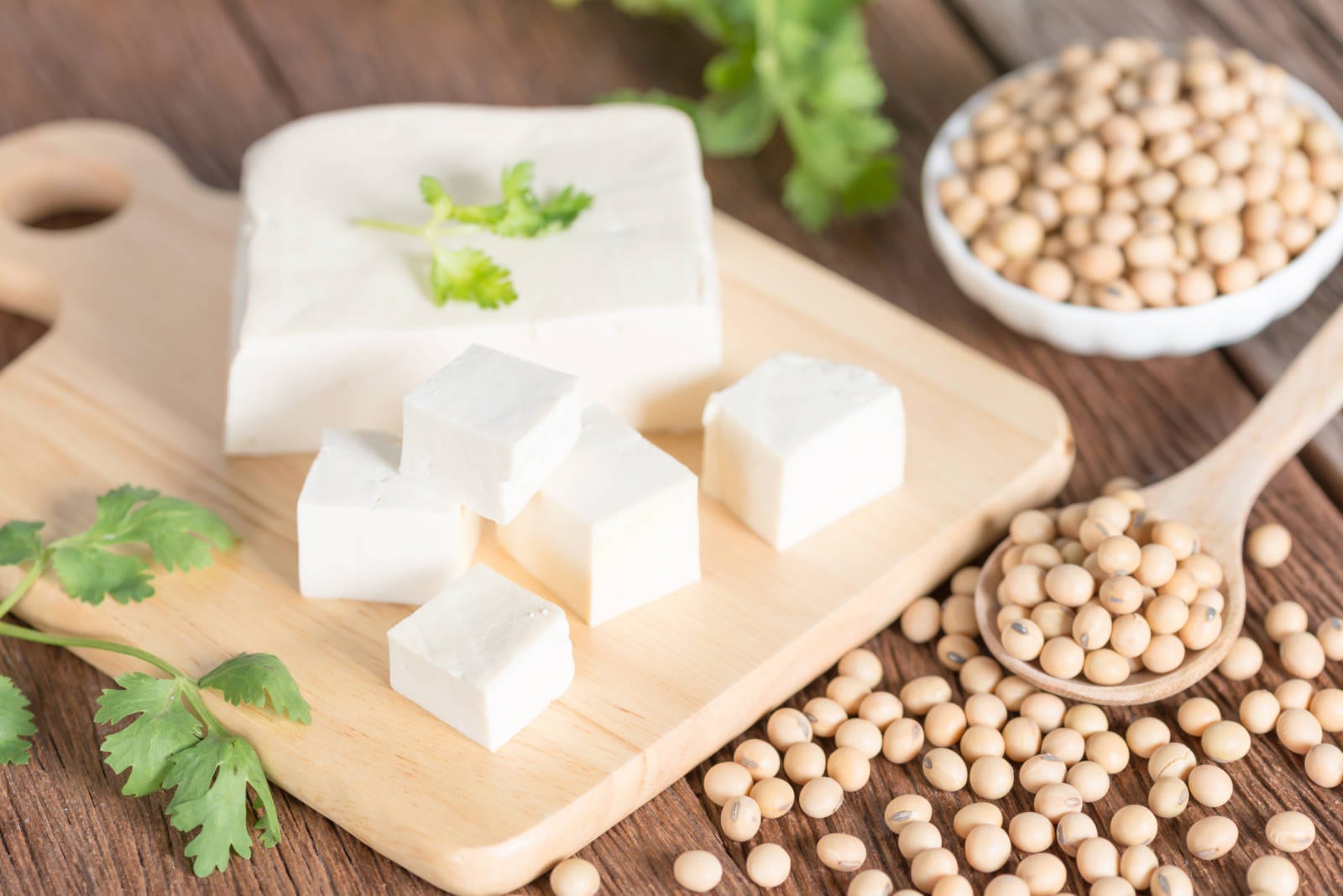The dramatic rise in soy research beginning in the early 1990s can be attributed primarily to the new interest in isoflavones. This interest is directly evidenced by the number of peer-reviewed journal articles that were published between 1990 and 2000. In the year 1990, there were 131 isoflavone-related articles indexed by PubMed. In 1995, there were 534. In the year 2000, there were 976.
It was during these early years that isoflavones were first posited to reduce risk of several chronic diseases including coronary heart disease, osteoporosis, breast cancer and prostate cancer. Interest in understanding how isoflavones impact these diseases has continued to the present day.
Despite all the interest in isoflavones, in 1995, soy protein stole the spotlight from isoflavones in a big way when Anderson and colleagues1showed that soy protein markedly lowered elevated LDL-cholesterol levels. Four years later a health claim was approved by the FDA for soy protein and coronary heart disease2 and six years after that, soy protein was being proposed as a promising anti-hypertension agent.3
As highlighted above, both the protein and isoflavones in soybeans have contributed to excitement about the health benefits of soy foods. Of course, for consumers of traditional soy foods such as tofu, miso, tempeh and soymilk (made from whole soybeans), one might think it doesn’t matter much whether it is the isoflavones or proteins that are responsible for a given health benefit because these foods are rich in both components. However, in some cases it actually does.
Let’s consider the cases of hot flash alleviation and cholesterol reduction. Evidence indicates that the former requires the consumption of approximately 50-60 mg of isoflavones per day,4 whereas for cholesterol reduction, data suggest 25 g of soy protein per day are required.2 Given that in traditional soy foods, each gram of protein is associated with about 3.5 mg isoflavones, hot flash alleviation requires the consumption of about two servings.5 However, those two servings would provide only about 14 g of protein, probably not enough to lower cholesterol.
As far as general dietary advice goes, the focus should be on overall dietary pattern rather than on eating foods to obtain a specific amount of a given nutrient or phytochemical. There are many reasons why nutrition scientists have moved toward highlighting dietary patterns, rather than specific amounts of dietary components, such as fiber. The biggest one is that it is a lot easier to identify dietary patterns associated with disease risks than it is to establish with confidence which components of those diets are reasonable for the observed benefits.
Diet is a complex mixture of hundreds of biologically active components that may work additively and synergistically to produce a given effect. Nevertheless, when good data are available, knowing the amount of isoflavones or soy protein needed for a specific effect is quite informative when making soy intake recommendations.
Finally, it would be remiss not to mention that soybeans and soy foods are a lot more than protein and isoflavones. To this point, the high polyunsaturated fat content of soy foods is a well-established benefit of eating these foods. From a health perspective, there are lots of soybean components that make soy foods enticing.
